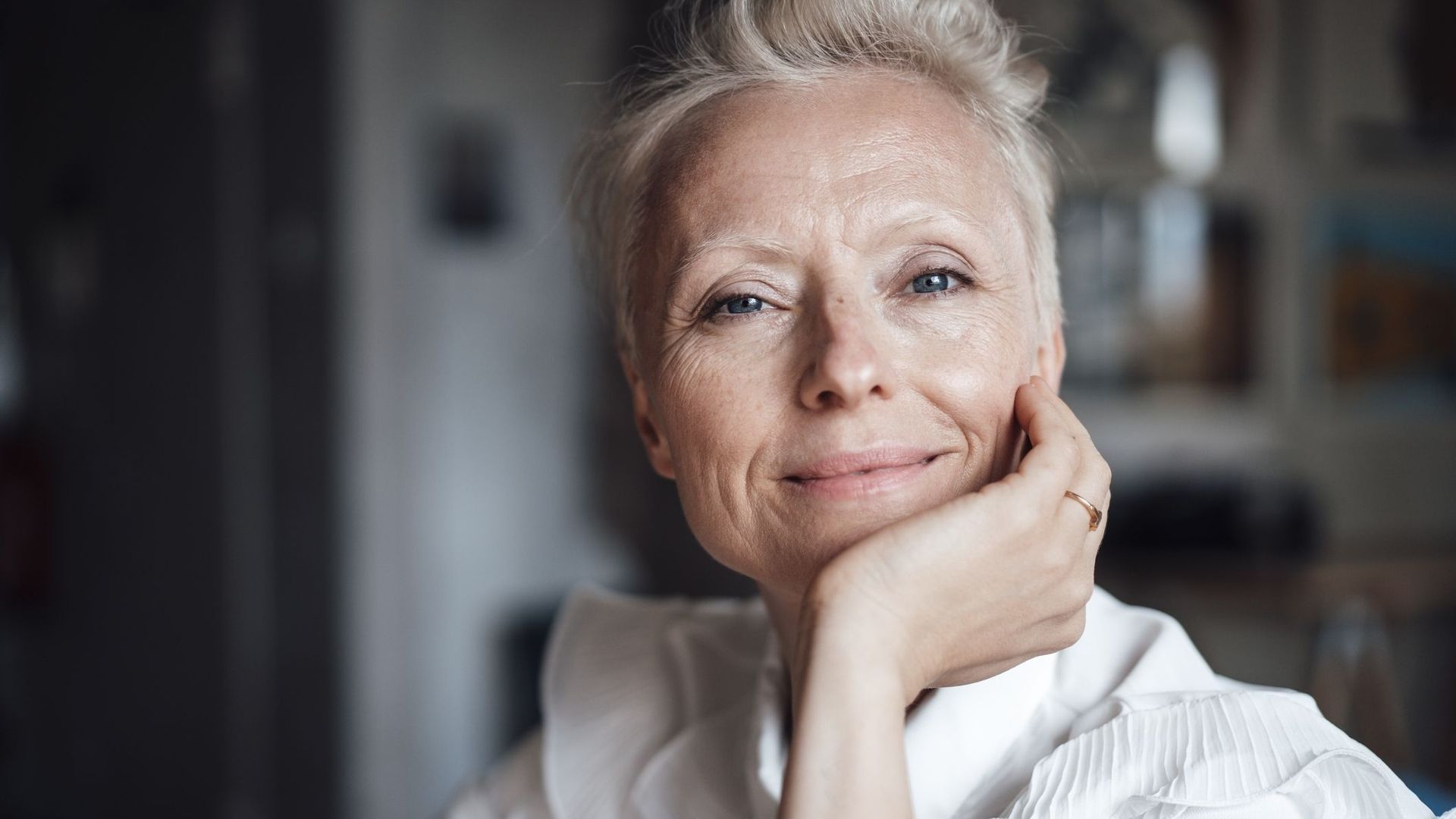“Previous studies have shown that species microbes present on our skin change quite predictably withage. Our skin also changes physiologically with age: for example, we have wrinkles and our skin becomes drier. But they exist variations. Using advanced statistical methods, we were able to distinguish microbes associated with these types of signs of skin aging, such as crow’s feet, from those simply associated with age as a chronological number.“, explain Se Jin Song, Director of Research at CMI, in a press release.
To reach these conclusions, researchers analyzed data from 13 skin health studies conducted by L’Oréal in recent years, involving more than 650 women aged 18 to 70. Everything is based not only on clinical data about the skin, but also on data related toidentification and classification from bacteria.
At the end of his research, published in the journal Limits in agingscientists point out a “positive association” between microbiome diversity and crow’s feet wrinkleslocated in the outer corner of the eye, but there is a “negative correlation” between microbiome diversity and transepidermal water loss, in other words the amount of water that evaporates from the skin, generally when the skin barrier is altered due to skin aging.

